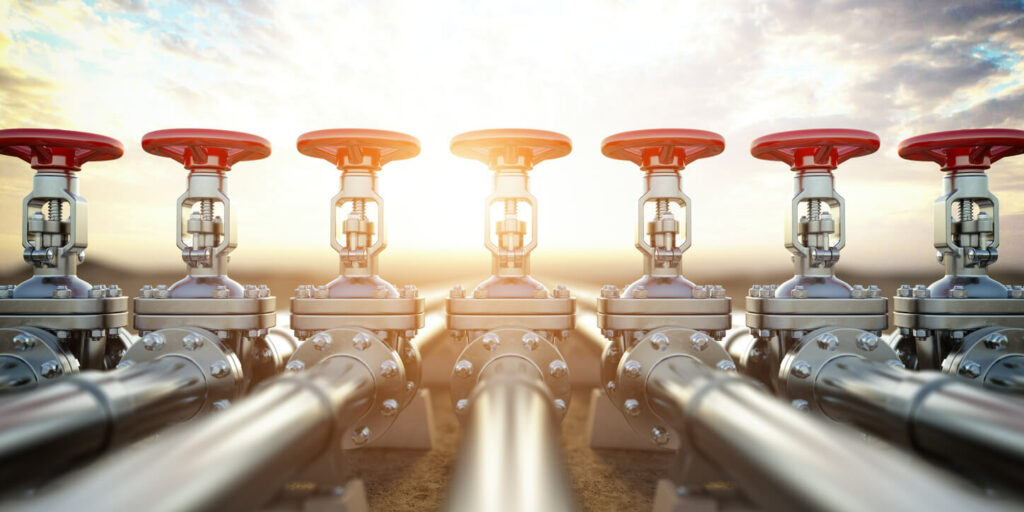What Does
Valve Station Mean?
Valve stations are part of a piping system that controls the flow and pressure of the contents it carries. It acts as a control system and is built along the pipeline above the right-of-way such as near roads, away from overhead electric lines and other obstructions. Valve stations are placed in such a way that workers can get quick access in case of an emergency.
Valve stations can be remotely operated, and a communication system is used to interact between all valve stations in a system. With the help of these stations, it is possible to isolate a particular segment of the pipeline for maintenance or repair work. Depending on the type of pipeline, i.e., the type of product the pipeline transports, the valve stations are located at intervals of 20 to 30 miles.
Trenchlesspedia Explains Valve Station
 iStock/Getty Images
iStock/Getty Images
Valve stations are built above the right-of-way along the pipeline so that operators can quickly shut off sections during an emergency. For emergency situations to be handled without incident, the valves are regularly inspected and maintained to keep the pipelines working smoothly.
Sometimes incidents can take place along a pipeline that requires an emergency shutdown, such as at an oil or gas pump station. To prevent an accident, the valves that connect the pump station to the pipeline will have to be closed, and in order to bypass the product from the station, other valves will have to be opened.
Some Types of Valves
-
Start/stop valves such as a gate valve, ball valve, butterfly valve and plug valve to start or stop the flow of fluid or gas.
-
ARC / ARC Valves – Automatic recirculation valves (ARV) and automatic recirculation control (ARC) ensure a minimum flow to prevent the valve from drying.
-
Flow modulation valve such as a globe valve to modulate the flow of fluid through the pipeline.
-
Control valve to control the flow of fluid.
-
3-way ball valve to change the direction of the flow of fluid.
-
Pressure reducing valve to regulate the pressure of a process.
-
Safety or pressure relief valve to protect from over-pressure.
-
Check valve to protect from back-pressure.
Valve Controls
Most valves in the gas pipeline system are designed to open and close automatically, especially during an emergency. Actuators are used to control these valves, usually on the largest shut-off valves that are difficult to be operated by hand. When the actuator receives a signal either from a pressure drop or increase, it is able to quickly open or close a valve.
The placement of valve stations is managed by experts to ensure strategic placement to protect environmentally sensitive areas such as estuaries, lagoons, and even populated regions.